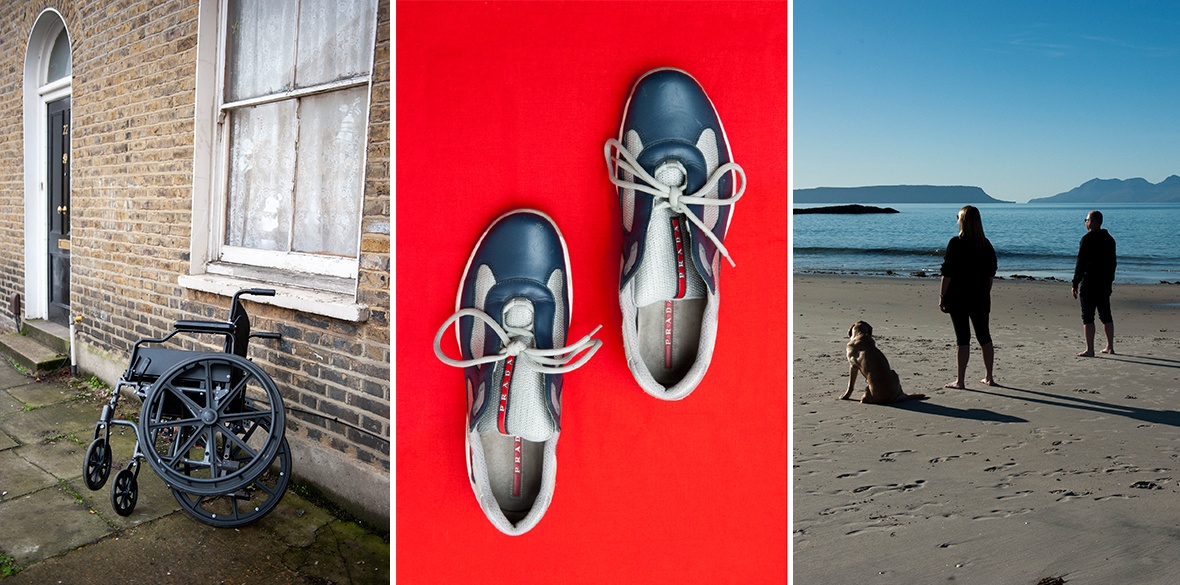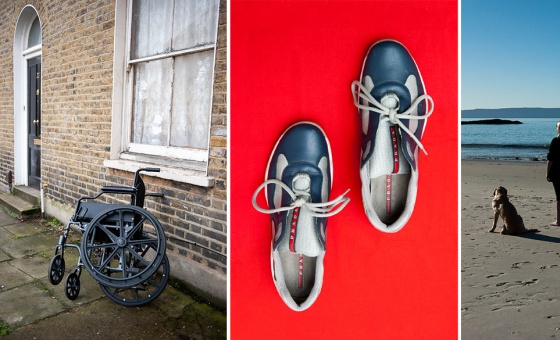This is the last article you can read this month
You can read more article this month
You can read more articles this month
Sorry your limit is up for this month
Reset on:
Please help support the Morning Star by subscribing here
SoulsINQUEST
Platform, Glasgow
THE state isn’t generally shy about building memorials to the glorious dead.
In every town in the land we can find plaques, stone crosses signifying the vast loss of life in war through the years, and even in older workplaces you can still find some built to remember the waste of humanity if you look hard enough and they’ve been spared the wrecking ball.
Every year the nation’s leaders line up to bask in the reflected glory of the lives sacrificed, rather than reflect on their ongoing failure, and those of dead generations to put an end to war.
Some state-sponsored killing is less easy for politicians to hijack though. Almost 2,000 people have died in police custody across Britain since 1990, while dozens die every year in detention in either prisons or secure health units in Scotland alone.
While it would be wrong to claim that all of these deaths can be laid at the feet of the authorities, many undoubtedly should be, and we see no acknowledgement of their lives as I wander the streets of our land.
The SoulsINQUEST exhibition — part of the Glasgow International biennial festival of contemporary art — takes a vital first step in righting that wrong.
The exhibition is a collaboration between photographer Sarah Booker, Inquest — a charity which tackles state-related death — and 18 families who have lost loved ones in contested circumstances.
On entering the exhibition at the Platform Arts Centre in Easterhouse, we are confronted with a different type of memorial. A case of papers, magazines, and even old stickers from campaigns for justice going back as far as that of Blair Peach at the hands of the Met police some 45 years ago — archive material from Inquest which serves as a vital reminder to some who may labour under the misapprehension that there was ever an era when power was not abused.
The building itself serves the exhibition well as we wander through the huge library space to its second act. Walking down the ramp the faces come into view. Faces of mothers, fathers, brothers, sisters and children robbed of their loved ones and left with unbridgeable, unimaginable gaps in their lives.
Every portrait of a survivor tells a story, some faces aged before their time by the ordeal of fighting the entire apparatus of the state for some quantum of acknowledgement, some semblance of justice; others etched with a determination as they begin that journey.
With each hung a text created by survivors, sharing their pain, their hopes, and their memories bad and good, but what will leave a lasting impression on me are the second “concept” photographs.
Sarah Booker worked with the families to find ways to represent who and what they had lost, and the results were finer memorials than any obelisk, plaque or arboretum in the land.
In one, called “in pieces”, created by the Bailey family to remember their daughter Joanne, lego was used to trace out the number 16 — the age she was when she died without any attempt to resuscitate her in an alleged care facility.

The Lewis family meanwhile chose a pair of empty running shoes to represent their son, Olasensi, who died as a direct result of being handcuffed and restrained by 11 metropolitan police officers in 2010, a tale reminiscent of another family in the exhibition, that of Sheku Bayoh.
His sister, Kadi Johnson worked with the photographer to create a collage depicting Sheku walking up the path to home, wrapped in a newspaper cutting on his death in police custody with a headline stating “PLEASE TELL US THE TRUTH.”
The inquiry into Mr Bayoh’s 2015 death is ongoing, and while evidence of institutional racism within Police Scotland and crown prosecutor’s offices continues to mount, justice is still a long way from being served.
No-one has ever been prosecuted for Olaseni Lewis’ death, nor is there likely to be any prosecutions any time soon for the police who piled themselves on top of Sheku Bayoh as he lay bound hand and foot, fighting for air on a Kirkcaldy street.
There is no reckoning, yet.
But the fight goes on, as it does for all the families, at home, in their campaigns, and in the courts — a living, moving memorial.
As I left Easterhouse and returned to the city centre, I wandered by the cenotaph in George Sq, the empty tomb commemorating the city’s war dead that faces away from the city chambers.
It is no disrespect to Easterhouse whatsoever — quite the opposite — when I say the only improvement I could suggest was ensuring the SoulINQUEST exhibition forms a picket at every centre of state power in the land. No-one in power, local or national, should be able to escape those faces, nor should they earn any rest until those families find some comfort in knowing their loss is the last.
The lesson is as old as our class: Remember the dead, and fight like hell for the living.
Run ended. For more information see: inquest.org.uk









